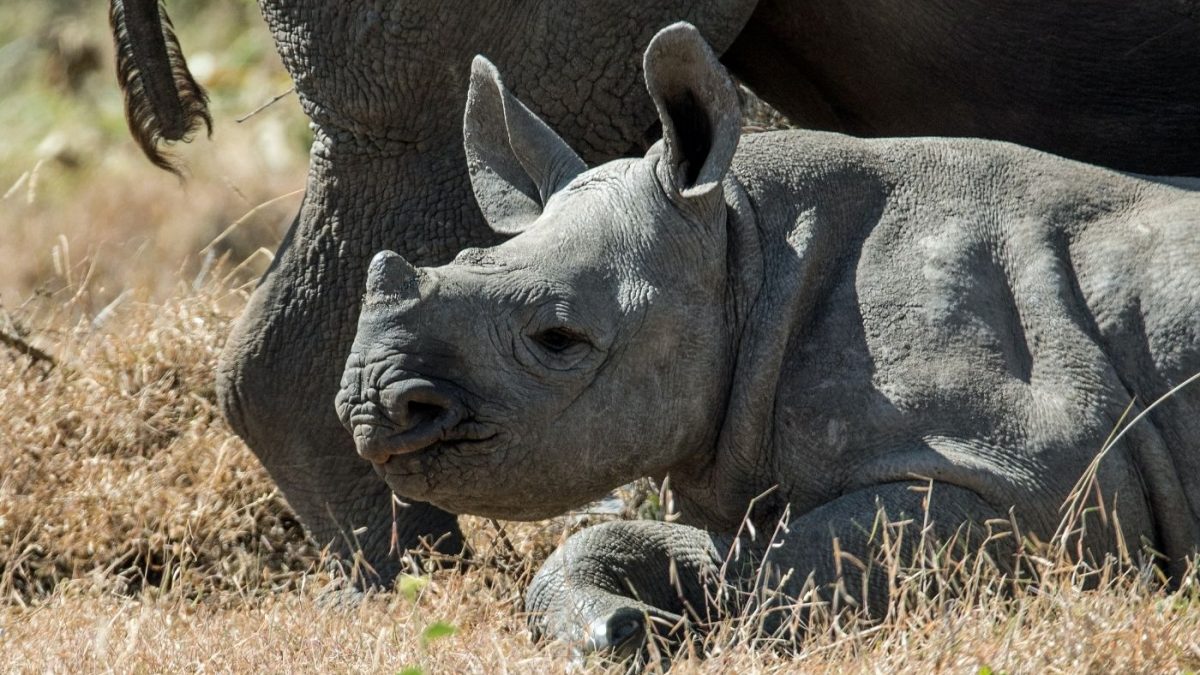Some good news this April
Sometimes the news can be a bit overwhelming, so we hope our hand-picked and light-hearted good news stories can bring you a little bit of joy each month!
Feel free to also check out some prior editions: March and February.
Humanity flies a helicopter on another planet
Nasa’s most recent Mars rover, Perseverance, carried with it a special delivery unlike any of its predecessors: a 1.8kg helicopter called Ingenuity. This record-breaking drone will go down in history as the first aircraft to have successfully completed a controlled, powered flight on another planet.
On Sunday, the small craft flew 50m at a height of 5m before returning to its launch site. This was just its third mission to date, as Nasa engineers tested its capabilities for more challenging sorties. The 1-tonne Perseverance rover has been recording colour footage of the drone flights, dutifully documenting these historic feats for posterity. After two upcoming drone flights, it will continue its mission to find life on the Red Planet.
It was only 118 years ago when Orville Wright achieved the first flight on Earth, by travelling just 37m at an altitude of 3m; judging by the extraordinary evolution of terrestrial aviation since, just imagine what space travel will look like by 2139!
Taronga Western Plains Zoo welcomes a black rhino calf
Breeding programs for critically endangered animals perform such crucially important work to preserve biodiversity on this planet of ours. Western Plains Zoo is the only breeding institution for black rhinos in Australasia and has enjoyed great success, with this latest birth being the 15th there.
Little Sabi, named after a flower found in Zimbabwe that blooms after periods of drought, was born around seven weeks ago, and is the fourth calf to mother Bakhita. She is also not so little, already weighing in at 112 kilos!
With only 6,000 black rhinos left in the wild, conservation efforts such as this play a key role in ensuring the continuity of the species – especially in captivity where offspring like Sabi are safe from poachers.
Research continues into low cost water purification for remote communities
Many of our rural clients have had to deal with drought conditions in the past and know too well the struggles of ensuring a stable water supply for their crops or livestock. Leading Australian researchers have been working on different innovative approaches to this problem for many years.
A South Australian team is very optimistic about their simple and low tech solution, which they hope will make it more scalable and accessible to remote communities around the world. Their technique involves solar evaporation, but utilises mostly simple materials that can be purchased at any hardware store. Only sunlight is required to make it work. A/Prof Haolan Xu from the University of South Australia has said that previous approaches were energy intensive and not commercially viable for remote communities to install.
As is often the case with lab-based research seeking to make a real world impact, their next steps will include: finding industry partners, solving scaling issues and engineering challenges, and ultimately proving that the business case is there for the intended beneficiaries of the technology.
Stay tuned for next month’s good news stories and feel free to share any of your good news – business or personal – with us too!




